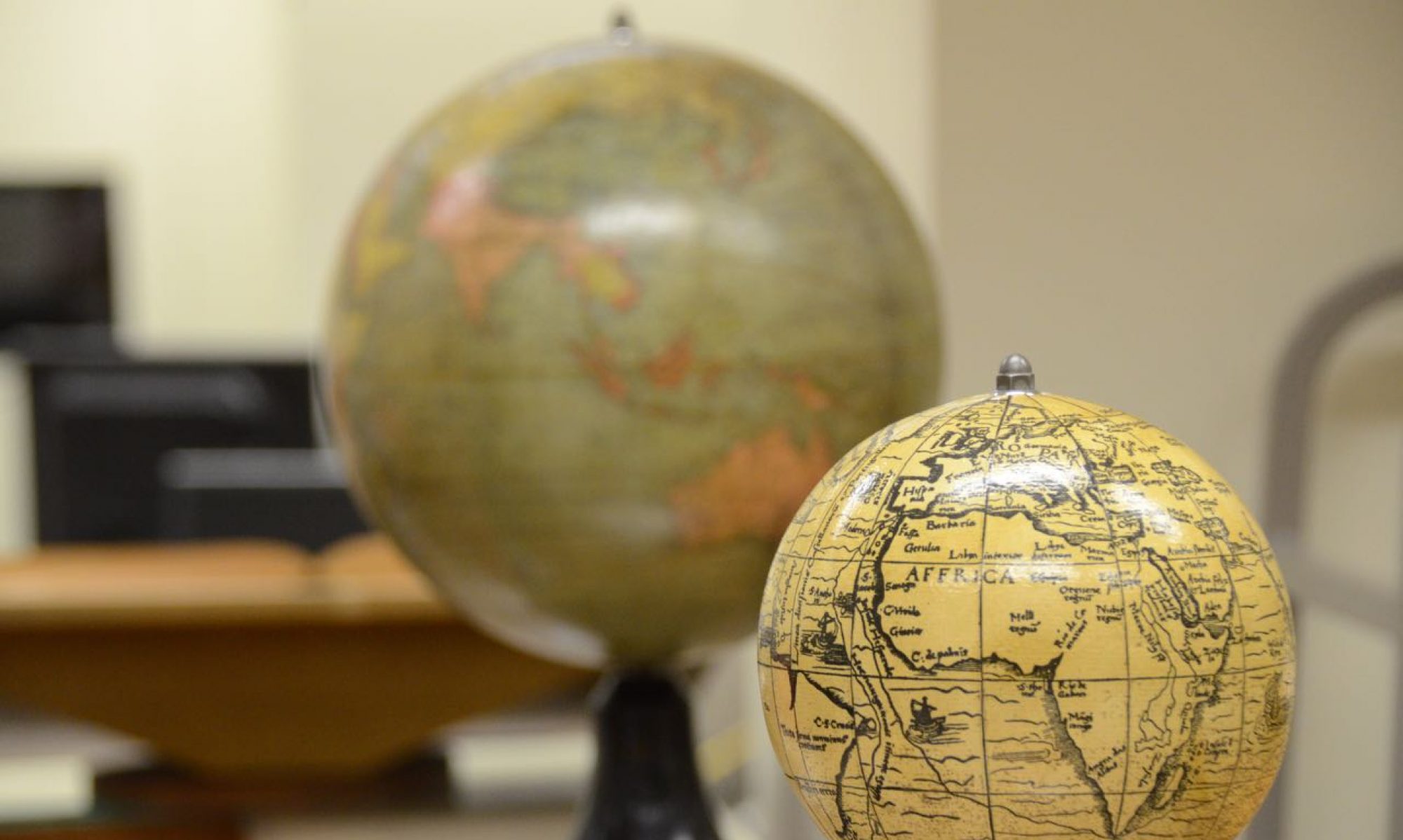
A visit to Cape Town is not complete without a drive to one of the towns in the Boland.
From Wikipedia:
Boland, Western Cape
The Boland (Afrikaans for “top country” or “land above”[1]) is a region of the Western Cape province of South Africa, situated to the northeast of Cape Town in the middle and upper courses of the Berg and Breede Rivers, around the mountains of the central Cape Fold Belt. It is sometimes also referred to as the Cape Winelands because it is the primary region for the making of Western Cape wine.
Although the Boland does not have defined boundaries, its core lies around the towns of Stellenbosch, Paarl and Worcester. It may be understood to extend as far as Malmesbury, Tulbagh, Swellendam and Somerset West. This is approximately the area included in the Cape Winelands District Municipality, which was formerly called the Boland District Municipality. To the southwest lies the Cape Town metropolitan area, to the northwest the Swartland and West Coast, to the northeast the Great Karoo, to the east the Little Karoo, and to the south the Overberg.
The “Boland” name is given to a number of sports teams from the region, including the Boland cricket team and the Boland Cavaliersrugby union team.

Many of the Jews who came to Africa from Europe settled in rural areas and small dorps. They formed a subculture within the Afrikaner environment of these towns and many were known as Boerejode, Afrikaner Jews or more literally “farmer Jews”.
These towns could be regarded as Africa’s version of the shtetl back in Eastern Europe.
In the earlier years of settlement, there was the Jewish pedlar or smous, who travelled from town to town, farm to farm, selling his wares. Here is a memorial to the smous or pedlar on my new Graaff Reinet KehilaLink:

http://kehilalinks.jewishgen.org/graaff_reinet/Smouse.html
Below you will find a selection of my images of Stellenbosch, one of the main towns of the Boland with its striking mountains, rich winelands and outstanding Cape Dutch architecture.
I have also included some interesting articles which I found at the Kaplan Centre archives at UCT, the Univeristy of Cape Town, my alma mater!
A big thank you to Juan-Paul Burke, the librarian at the Kaplan Centre, always so obliging and helpful, for allowing me to use them.
And on a tangent – on campus there was no sign of Cecil John Rhodes, except for the old signs!
Boerejood
Afrikaner-Jews
|
Afrikaner-Jews or Boere-Jode as they are sometimes known, are an offshoot of Afrikanerdom and Judaism. At the beginning of the 19th century, when greater freedom of religious practice was introduced in South Africa, small numbers of Ashkenazi Jews arrived from Britain and Germany. They established the first Ashkenazi Hebrew congregation in 1841. Between the end of the 19th century and 1930, large numbers of Jews began to arrive from Lithuania and Latvia. Their culture and contribution changed the character of the South African community.
|
According to the South African Jewish Museum, “Many of the later immigrants arrived with no resources other than their wits and experience. Most could not speak English when they arrived. Often they would learn Afrikaans before English. Their households were often multi-lingual, with parents speaking Yiddish and Afrikaans, and the children learning English at school.”[citation needed]
The University of Cape Town Jewish Studies library has a comprehensive collection of South African Yiddish books. Its collection of Yiddish periodicals is, however, not as comprehensive.
Famous Afrikaner-Jews
- Olga Kirsch was a noted Afrikaans author and poet.
- Rabbi M. Romm translated and published the Siddur (Hebrew prayer book) into Afrikaans, which was widely distributed.[citation needed]
- Pieter-Dirk Uys is a South African satirist, active as a performer, author, and social activist.
- David Kramer is a South African singer, songwriter, playwright and director.
- Siegfried Fraenkel is widely regarded as the founder of Judaism in South Africa.
Stellenbosch – at and near the Lanzerac Hotel – still so beautiful!
In and around Stellenbosch
From the archives at the Kaplan Centre, UCT:
Stellenbosch


Paarl
Malmesbury




UCT, Cape Town

Our previous visit to Stellenbosch
http://elirab.me/stellenbosch/
If you are looking for a great tour of Cape Town and / or the Boland, Gerald Potash’s “The Famous Tour” is a must!
Gerald also writes an excellent but sobering weekly blog. Contact Gerald here.

With Gerald at the Waterfront.






























































































